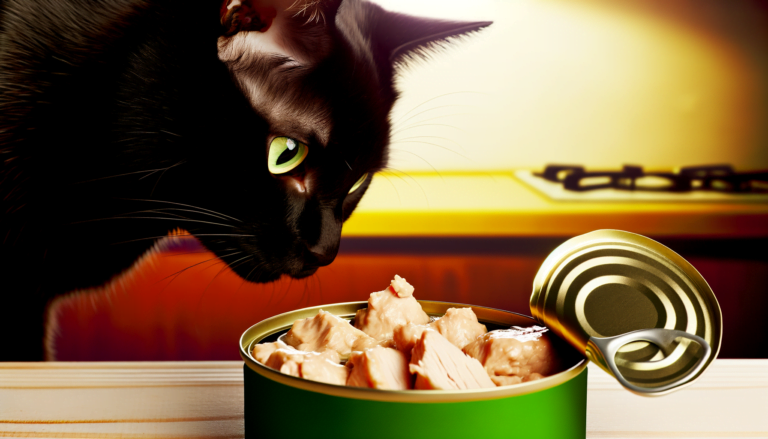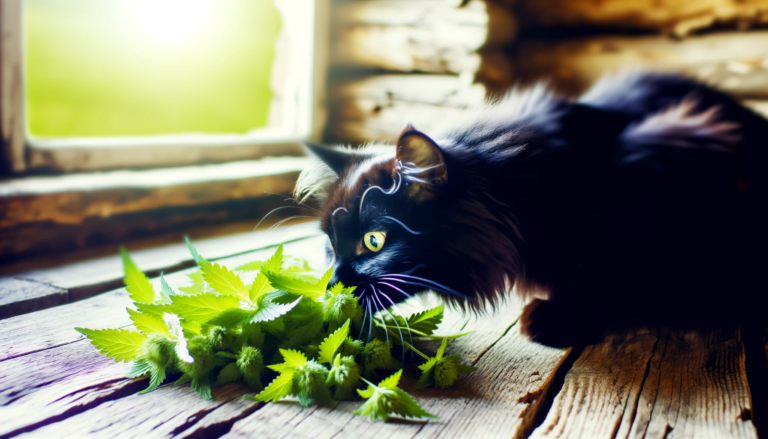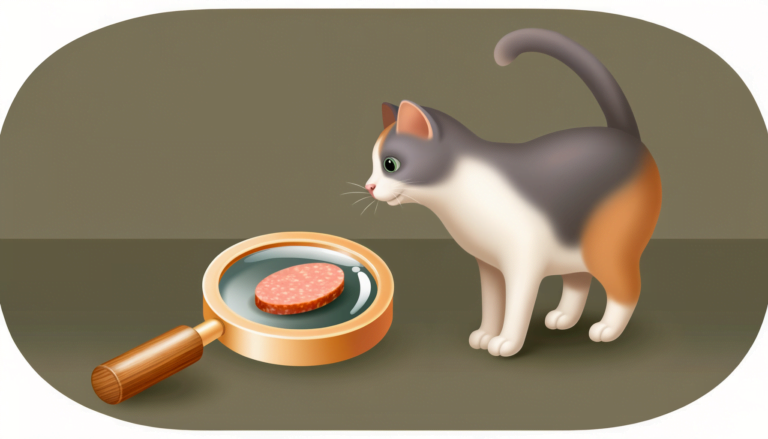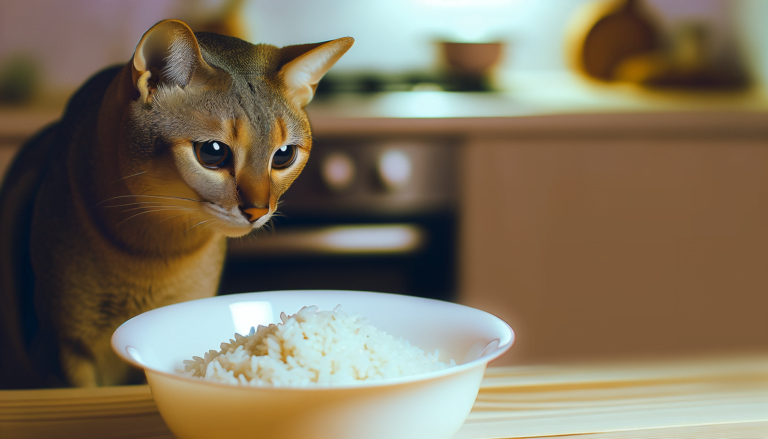Decoding the Mystery: Can Cats Safely Feast on Tomatoes?
Cats can technically eat tomatoes, but it is not generally recommended. While ripe tomatoes are not toxic to cats, they may cause upset stomachs or other gastrointestinal issues. In a more severe case, any part of the green tomato plant – including the leaves, stems, and unripe tomatoes – can be toxic to cats due to their solanine content, which can cause vomiting, diarrhea, and other signs of poisoning. Therefore, it’s best to prevent your feline friends from consuming tomatoes.
Understanding Cats’ Dietary Needs

When endeavouring to comprehend the dietary needs of felines, it’s crucial to be aware that cats are obligate carnivores. This designates that the prime source of their nutrition should emanate from meat. Cats require taurine, an essential amino acid abundant in meat — particularly heart and liver meat from chicken, cow, sheep, or turkey. These amino acids are pivotal for eye and heart health, and cannot be synthetically replaced.
An often overlooked component of feline diet is the consumption of tiny quantities of grass, which furnishes cats with certain minerals and vitamins. Cats cannot interpret the taste of sweetness due to the absence of certain taste receptors. This factor could influence their reaction and liking towards various foodstuffs, including tomatoes.
It is always critical to moderate the intake of human food to cats, including vegetables and fruits. Cats can eat tomatoes, but consuming the unripe ones or the plant itself might result in tomatine toxicity. As a responsible cat owner, it is necessary to understand these dietary nuances for the safety and well-being of the felids.
Safe Ways to Incorporate Tomatoes in Cats’ Diet
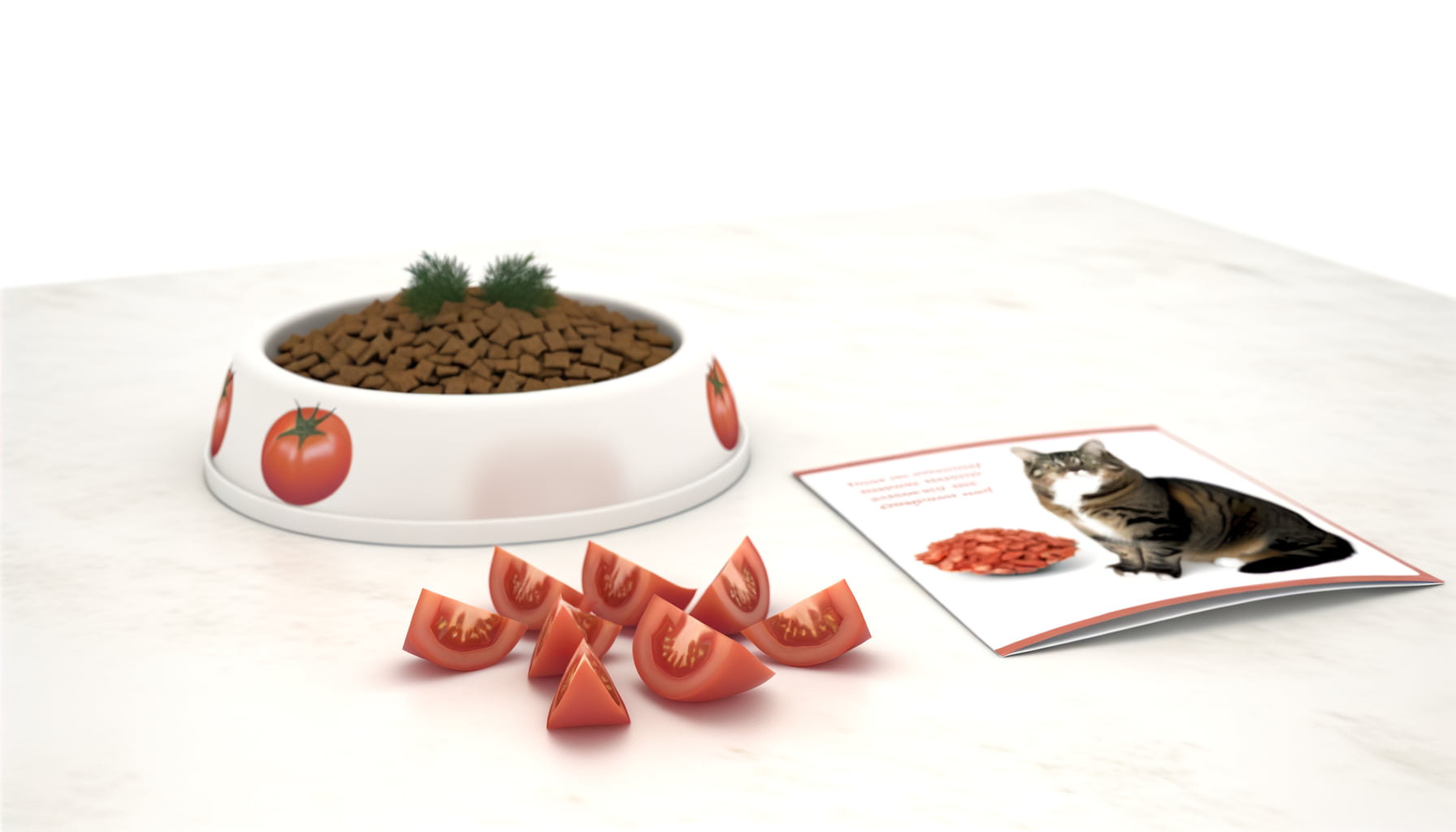
While tomatoes are generally safe for human consumption, a cat’s dietary system is distinct and requires unique consideration. In small, controlled portions, cooked tomatoes can be incorporated into a cat’s diet. The cooking process neutralizes solanine, an element harmful to cats present in raw tomatoes. However, never serve tomatoes as a main course. Use a minuscule amount of cooked tomato as an accent or garnish to your cat’s regular meal. That way, you can add a dash of variety to their meals without endangering their health.
Avoid using tomato-based sauces and condiments, as they can contain ingredients like garlic and onions, which are toxic to cats. Dehydrated or sun-dried tomatoes present another sound option. Dehydrated tomatoes are convenient, and they also eliminate the potentially harmful elements. However, remember to avoid using additives, including salt or preservatives, while preparing dehydrated tomatoes.
Crucially, tomato stems, leaves, and green, unripe tomatoes are not safe for cats. These parts contain a higher concentration of solanine, which can provoke gastric upset, drooling, and even heart troubles in cats. Therefore, keep these parts out of reach and away from your pet, and only incorporate safe tomato ingredients into your cat’s diet.
Potential Risks of Tomatoes for Cats
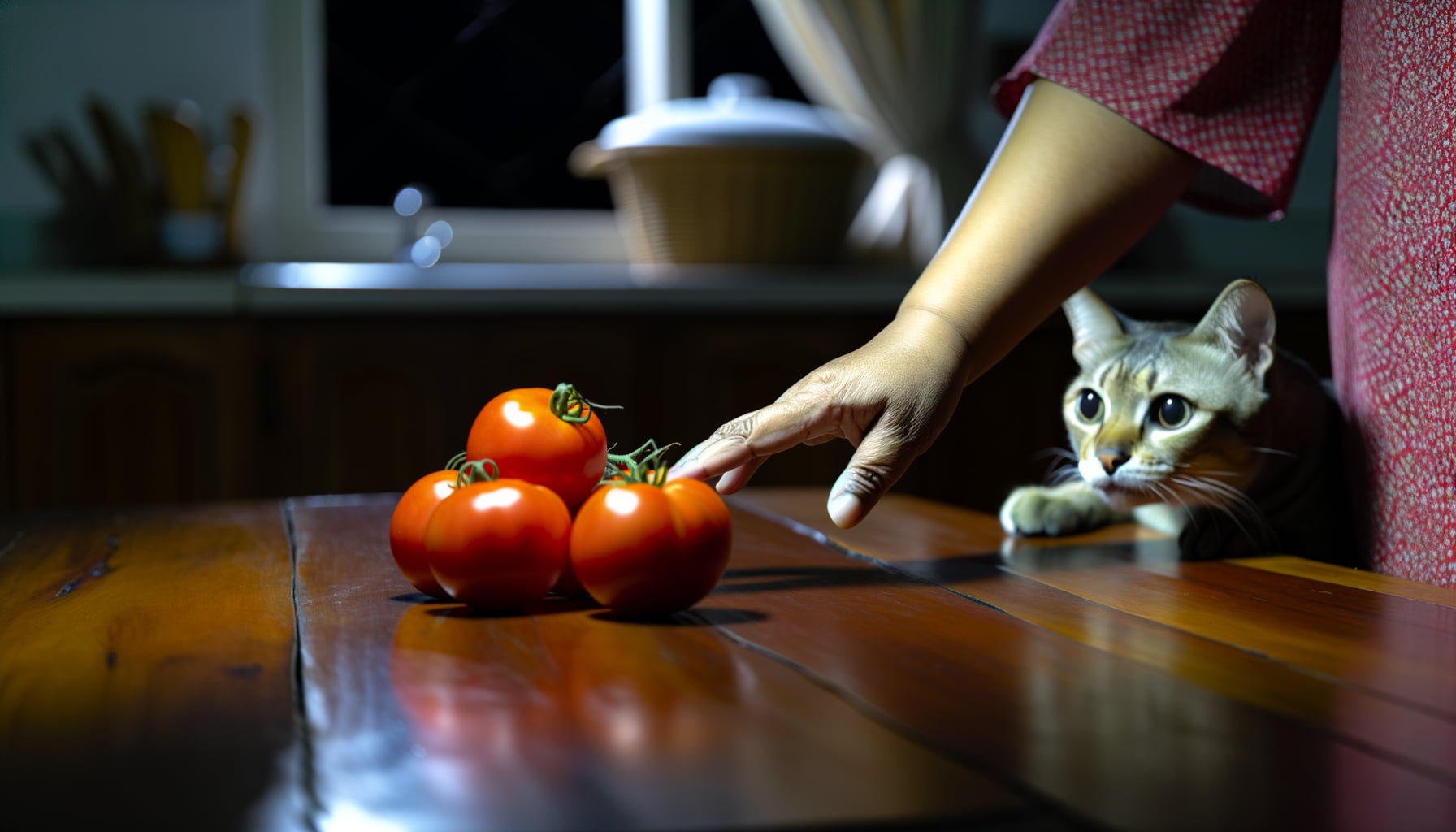
Cats, as obligate carnivores, have a distinctive set of dietary requirements which don’t inherently include vegetables, let alone tomatoes. However, the potential risks linked to tomatoes mainly unfold when ingested in certain forms or quantities.
Unripe tomatoes, as well as the green parts of the tomato plant (the stem and leaves), contain a toxic compound called tomatine. While it’s rare for cats to show interest in these, accidental ingestion can lead to tomatine poisoning, characterized by symptoms like gastrointestinal upset, drooling, loss of appetite, dilated pupils, and even heart issues.
Additionally, overconsumption of even ripe tomatoes can trouble a cat’s stomach due to its natural acidity. While a small amount may not cause harm, it’s crucial to remember that moderation is key in maintaining a cat’s health and nutrition.
Exploring Cats’ Reaction to Tomatoes
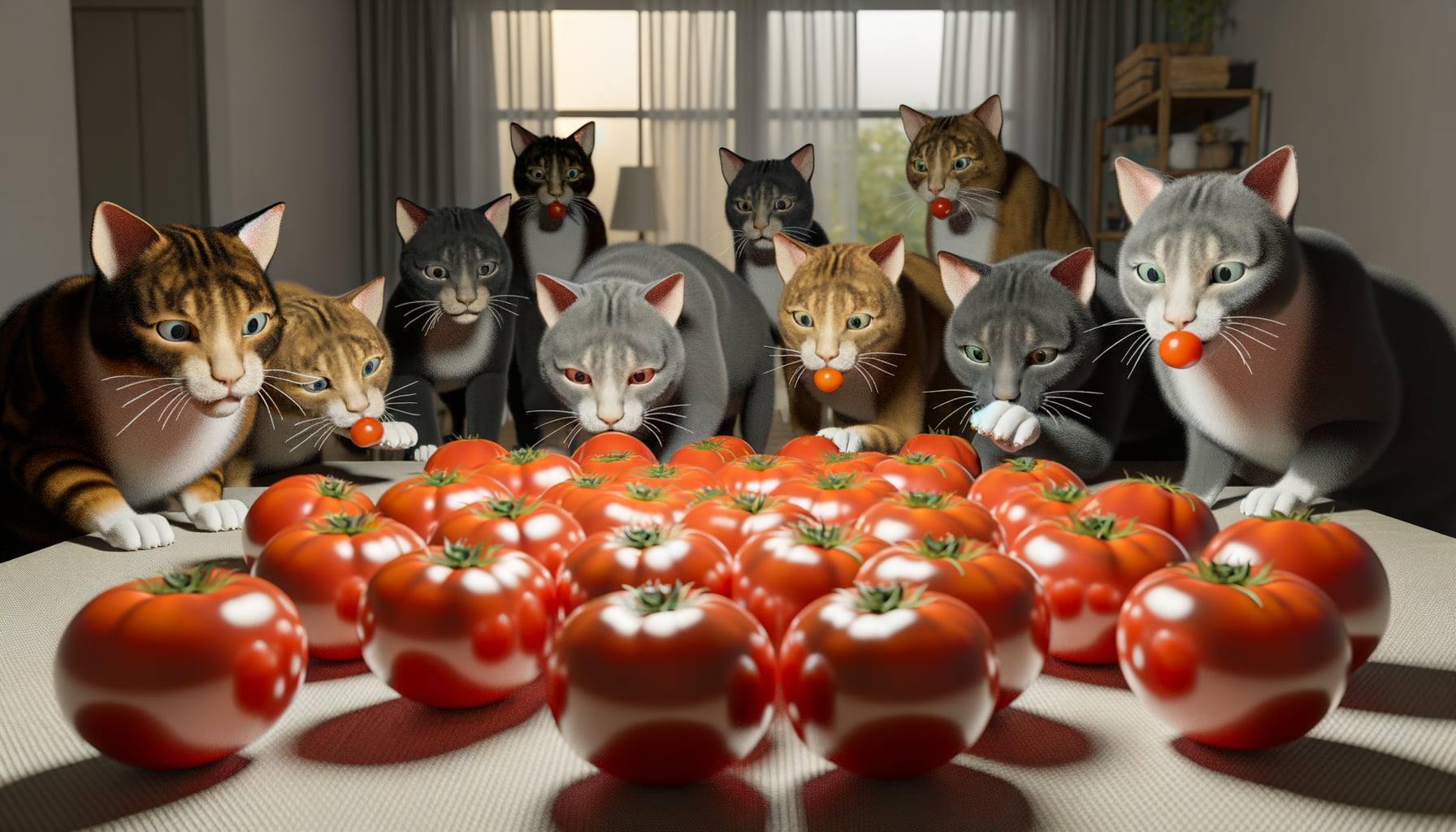
It’s rather fascinating to observe how cats react to foods unfamiliar to their carnivorous pallet, like tomatoes. Many cat owners report varying responses, painting a colourful tapestry of feline food exploration. Some felines express an interest in this vibrant red fruit, captivated by its striking colour, unique texture, and distinct aroma.
Yet, for all their curiosity, most cats approach tomatoes with caution. A tomato is a foreign object in their dietary world; thus, many cats would usually sniff it and reject it outright. They seem to understand intuitively that it doesn’t fall within their protein-centered menu. Besides, the cat’s taste receptors aren’t effectively tuned to the tanginess of a tomato, making them less appealing.
Then, there are cats that defy conventional behaviours and display a fondness for tomatoes. Although rare, such instances underscore feline individuality. Each cat’s reaction to tomatoes is, therefore, not only a study on their dietary preferences but a testimony to their unique identities. Evidence and observations reveal that while tomatoes can pique cats’ interest, they are usually not a go-to food choice.
Conclusion
Deciphering whether cats can safely enjoy tomatoes requires a nuanced understanding of feline biology and dietary needs. While tomatoes are not inherently toxic to cats, they can pose risks due to potential allergies or digestive issues. It’s essential for pet owners to consult with their veterinarians before introducing any new foods to their feline companions to ensure their health and well-being.
By prioritizing the safety and nutritional needs of our feline friends, we can navigate the mystery of whether cats can feast on tomatoes responsibly. With proper guidance and precautions, cats can enjoy a balanced diet that keeps them healthy and happy for years to come.

